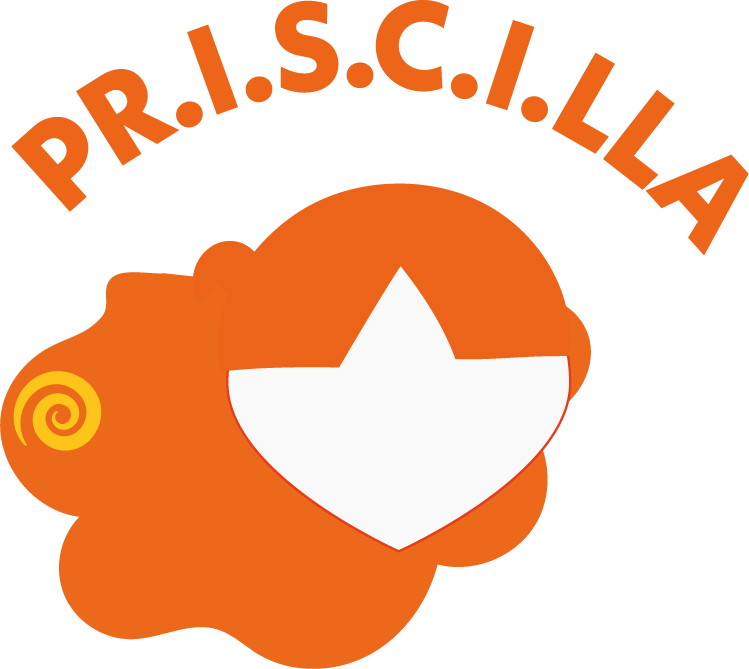In today’s digital world, social media is an essential part of how we connect, learn, and share our thoughts with others. Platforms like Instagram, Facebook, and TikTok allow us to stay in touch with friends, discover new interests, and express ourselves creatively. However, with great connectivity comes great responsibility, especially when it comes to staying safe online.
What is Social Media?
Social media platforms are spaces on the internet where we can share photos, videos, and messages while keeping in touch with people worldwide. They help us communicate, learn new things, and connect with individuals who has the same interest as us. But while these spaces can be fun and engaging, they also come with risks that we need to be aware of.
How to Stay Safe Online
To enjoy social media responsibly, here are some key safety tips:
- Control Your Privacy Settings: Always check who can see what you share. Adjust your settings to ensure only trusted friends or family members can access your posts.
- Think Before You Share: Avoid posting personal information like your full name, address, phone number, or school name. Once something is online, it can be hard to remove.
- Be Mindful of Online Interactions: Not everyone online has good intentions. Be cautious when talking to strangers, and never meet someone in person without parental consent.
- Handle Negative Comments Wisely: Social media is a place to express yourself, but it’s also important to ignore or report harmful comments instead of engaging with negativity.
- Follow Reliable Sources: The internet is full of misinformation. Always verify facts before sharing news or believing what you see online.
- A Safe Space for Expression: Social media is a fantastic tool for creativity, learning, and connection—when used wisely. By following these safety tips, we can make sure our digital experience remains positive and secure.
How about you? How do you use social media? Share your thoughts in the comments and join the conversation on responsible internet use!
Resources
- UNICEF (2022). The State of the World’s Children: Digital Safety for Young People. Retrieved from https://www.unicef.org
- European Commission (2023). Safer Internet for Kids: A Guide for Parents and Educators. Available at https://ec.europa.eu/digital-strategy/safer-internet
- National Cyber Security Centre (2022). Staying Safe Online: A Guide for Individuals with Disabilities.Retrieved from https://www.ncsc.gov.uk
- PRISCILLA Project (2024). Educational Resources on Digital Inclusion and Internet Safety. Available at https://www.priscillaproject.eu


